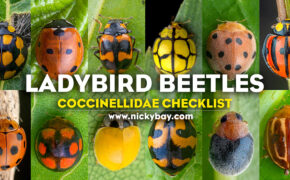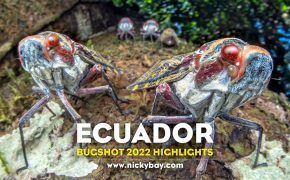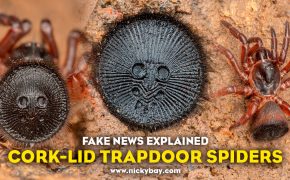The structure of the epigyne and the palpal organs vary so greatly in it’s form across different species that they often provide the most distinctive characteristic for identifying different spider species. Because of that, I’d usually term these two organs the lock and key.
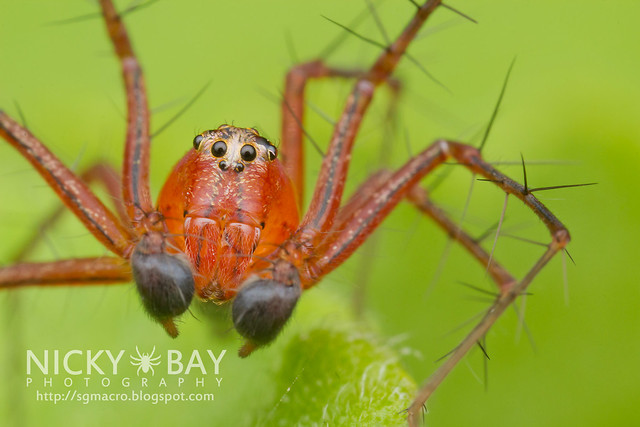 #1 The enlarged black pedipalps of a sexually mature Lynx Spider (Oxyopidae) are so distinct that some called them boxing gloves
#1 The enlarged black pedipalps of a sexually mature Lynx Spider (Oxyopidae) are so distinct that some called them boxing gloves
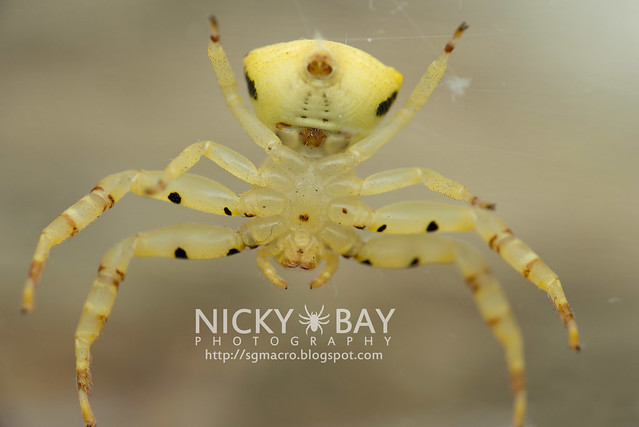 #2 The epigyne of this female Crab Spider (Thomisidae) is the brown spot located on the abdomen, near to the carapace. That is where the male crab spider would position it’s pedipalps
#2 The epigyne of this female Crab Spider (Thomisidae) is the brown spot located on the abdomen, near to the carapace. That is where the male crab spider would position it’s pedipalps
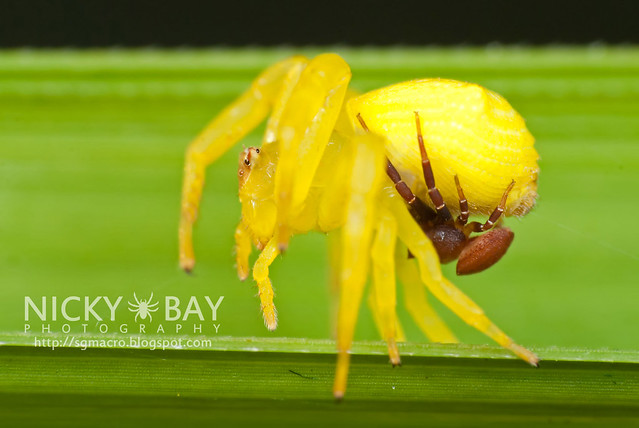 #3 The actual mating position, where the tiny male crab spider clings onto the female like a baby
#3 The actual mating position, where the tiny male crab spider clings onto the female like a baby
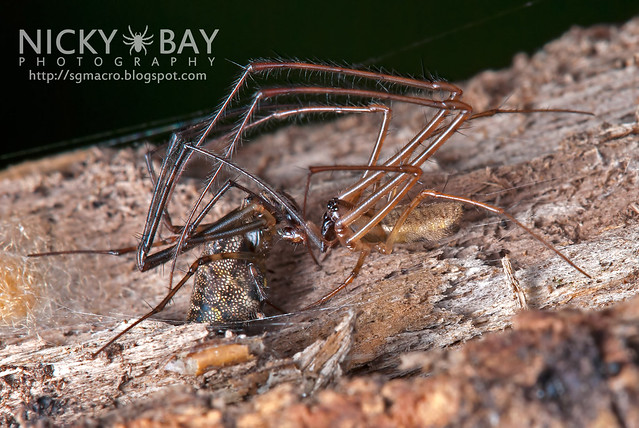 #4 This pair of Big-Bellied Tylorida Spiders (Tylorida ventralis) are just doing it at their own pace while flattened on a tree branch
#4 This pair of Big-Bellied Tylorida Spiders (Tylorida ventralis) are just doing it at their own pace while flattened on a tree branch
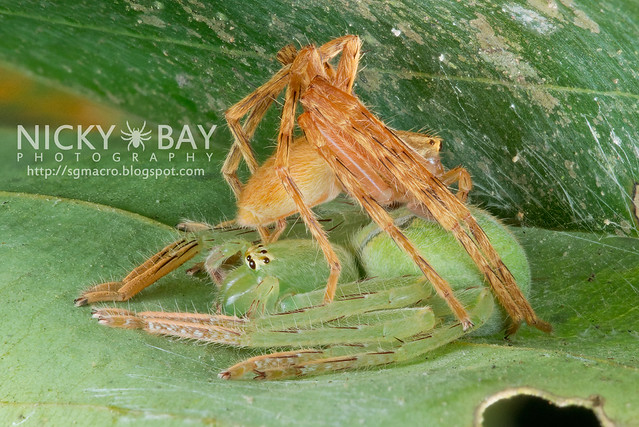 #5 The pedipalps of a male Huntsman Spider (Sparassidae) are long enough to reach the female’s epigyne while the male is on top. This picture does not show the connection yet.
#5 The pedipalps of a male Huntsman Spider (Sparassidae) are long enough to reach the female’s epigyne while the male is on top. This picture does not show the connection yet.
Sometimes, the same spider species may have slightly different morphological structures. The epigyne or pedipalps would then be used to verify if they are indeed from the same species. Some taxonomists might disagree, but this is the most recognized method so far.
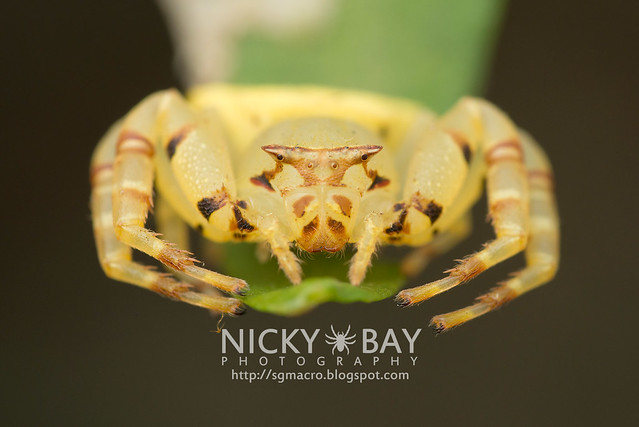 #6 Here’s the front view of the Crab Spider from above. Not too happy that I took a pic of her genitalia!! (oops)
#6 Here’s the front view of the Crab Spider from above. Not too happy that I took a pic of her genitalia!! (oops)
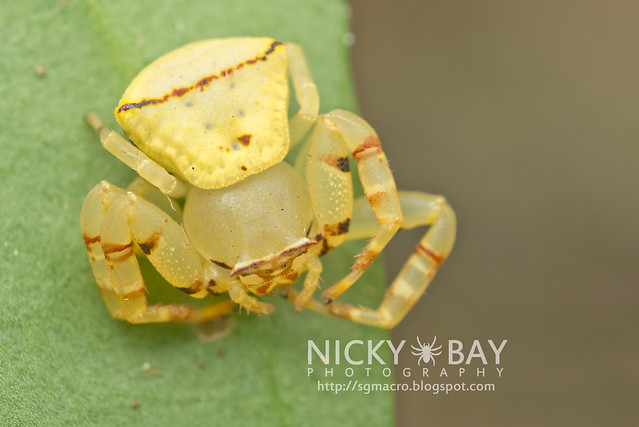 #7 Top view. Also known as the dorsal view.
#7 Top view. Also known as the dorsal view.
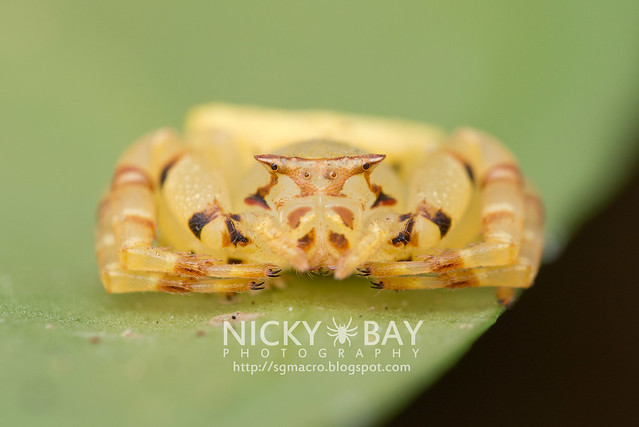 #8 Another view of it’s grumpy face
#8 Another view of it’s grumpy face
 #9 Spitting Spider (Scytodidae), the body parts usually remind me of watermelons… hmmm…
#9 Spitting Spider (Scytodidae), the body parts usually remind me of watermelons… hmmm…
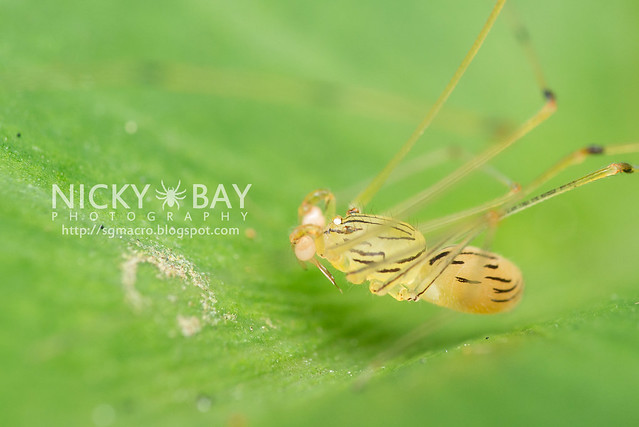 #10 Side view. Also known as the lateral view.
#10 Side view. Also known as the lateral view.
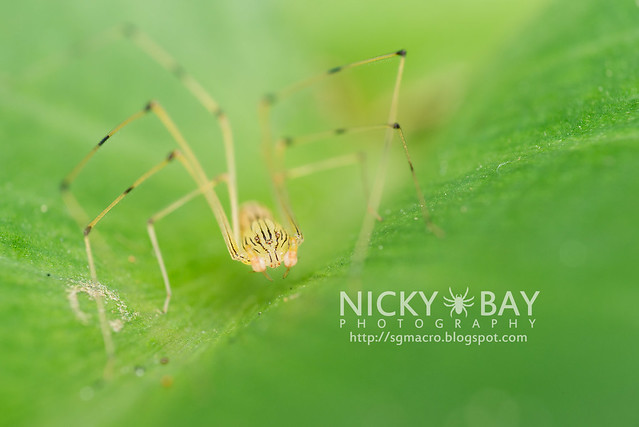 #11 View from the front. This spider captures prey by spitting a venomous sticky fluid before biting and wrapping it up with silk
#11 View from the front. This spider captures prey by spitting a venomous sticky fluid before biting and wrapping it up with silk
 #12 One of the tiny Wolf Spiders (Lycosidae) on the ground. Has a slight tinge of blue, but appears black from the naked eye
#12 One of the tiny Wolf Spiders (Lycosidae) on the ground. Has a slight tinge of blue, but appears black from the naked eye
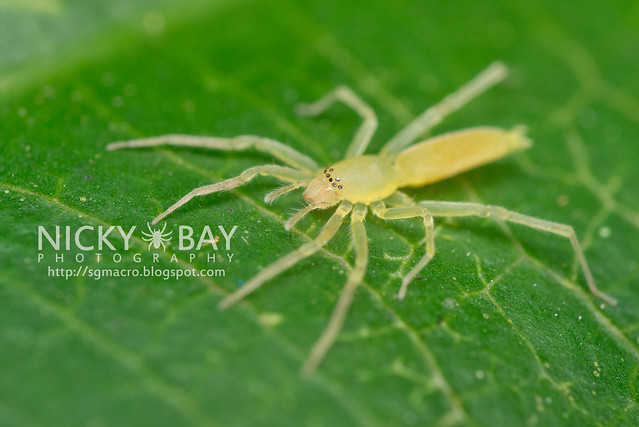 #13 Sac Spider (Clubionidae), very distinct row of 6 eyes
#13 Sac Spider (Clubionidae), very distinct row of 6 eyes
 #14 Top view of the Sac Spider
#14 Top view of the Sac Spider
 #15 Juvenile Argiope sp. with prey
#15 Juvenile Argiope sp. with prey
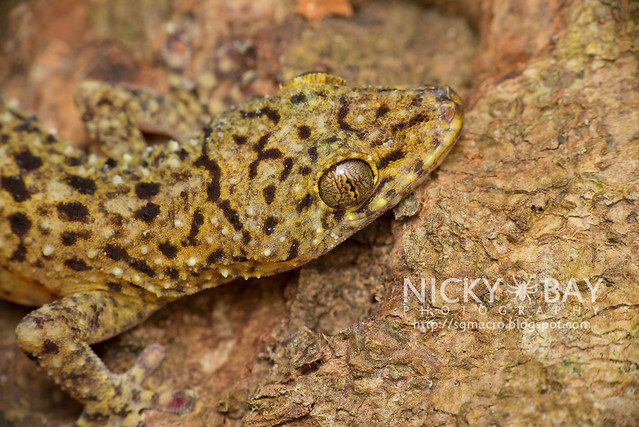 #16 Cute little gecko
#16 Cute little gecko
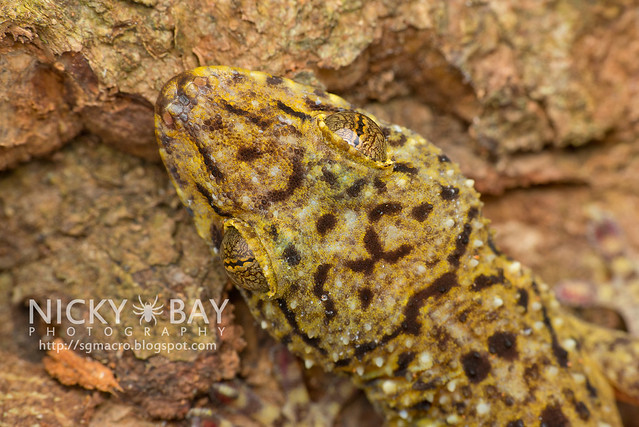 #17 Lazy to change my setup on the spot so I only have close ups of this fella
#17 Lazy to change my setup on the spot so I only have close ups of this fella
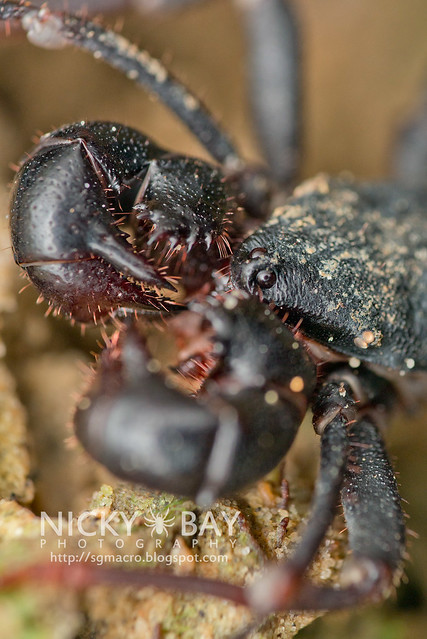 #18 The resident of this area – Whip Scorpion (Thelyphonida)
#18 The resident of this area – Whip Scorpion (Thelyphonida)
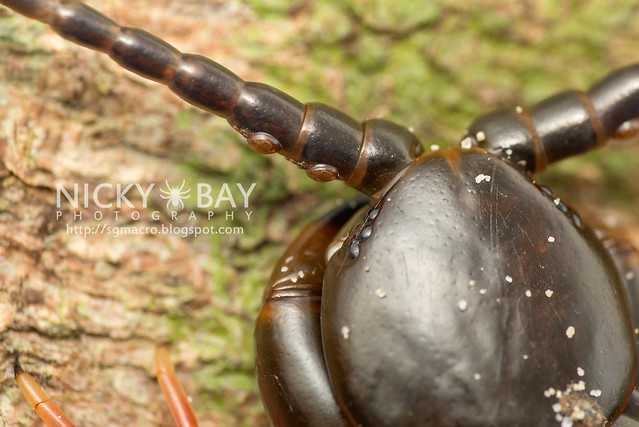 #19 Close up on a centipede, with tiny mites on the antennae
#19 Close up on a centipede, with tiny mites on the antennae
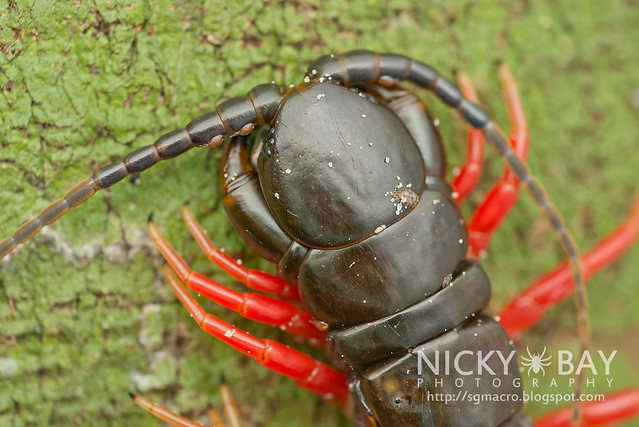 #20 Slightly wider view to show the red legs
#20 Slightly wider view to show the red legs
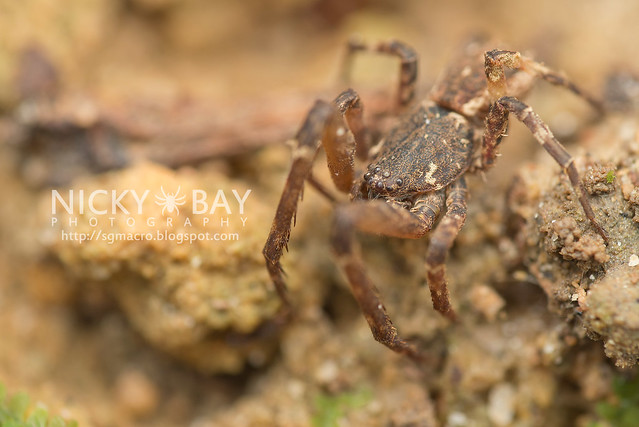 #21 Crab Spider (Thomisidae), doesn’t look like the common crab spiders
#21 Crab Spider (Thomisidae), doesn’t look like the common crab spiders
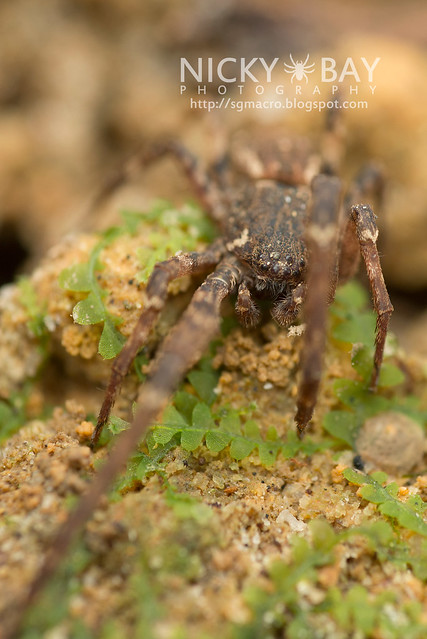 #22 Front view
#22 Front view
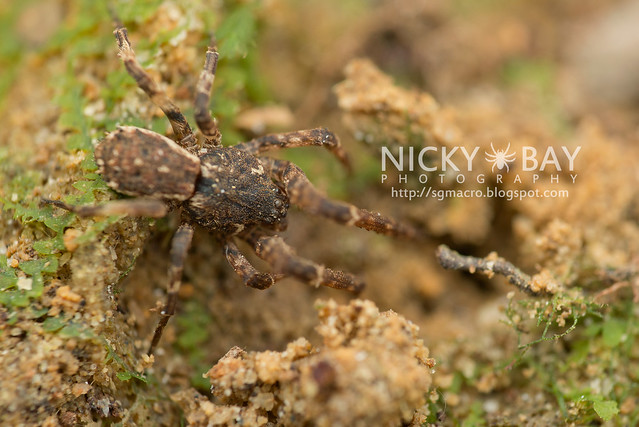 #23 Dorsal view
#23 Dorsal view
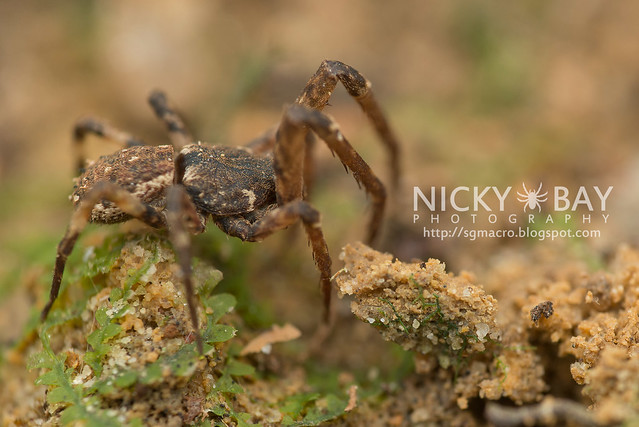 #24 Lateral view
#24 Lateral view
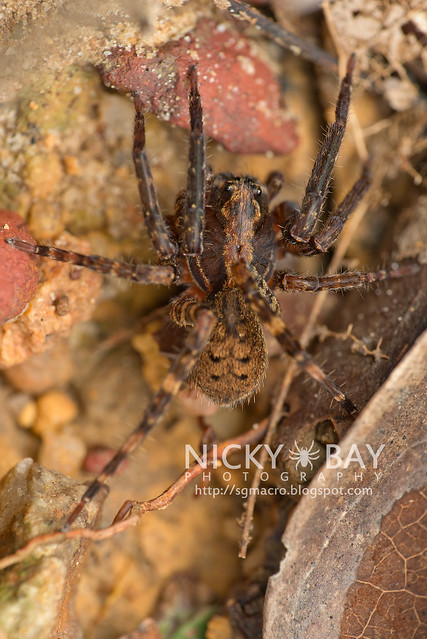 #25 One of the many Wandering Spiders (Ctenidae) on the forest floor
#25 One of the many Wandering Spiders (Ctenidae) on the forest floor
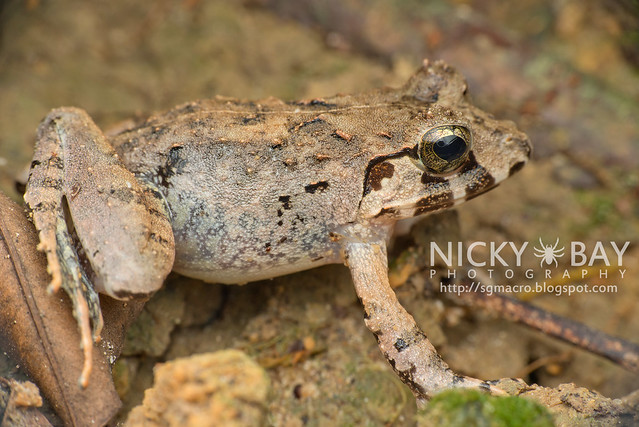 #26 Malesian Frog (Limnonectes malesianus)
#26 Malesian Frog (Limnonectes malesianus)
 #27 Malesian Frog (Limnonectes malesianus)
#27 Malesian Frog (Limnonectes malesianus)
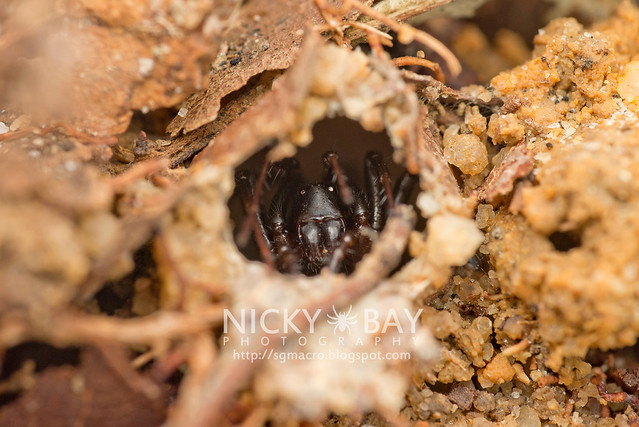 #28 One of the more bizarre finds of the night, possibly a Liocranid hiding in it’s burrow. It had a lid to cover the burrow when we approached!
#28 One of the more bizarre finds of the night, possibly a Liocranid hiding in it’s burrow. It had a lid to cover the burrow when we approached!
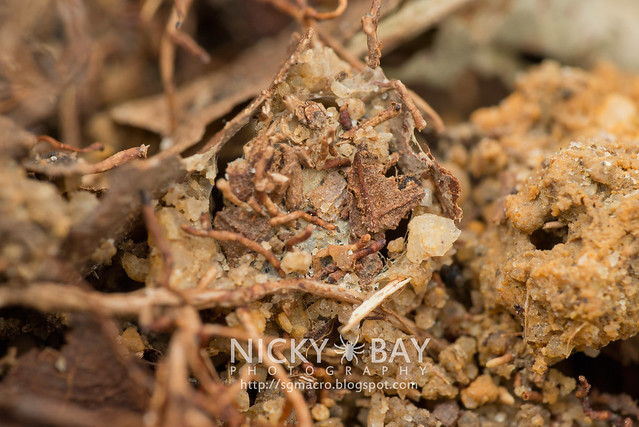 #29 After the burrow entrance was sealed, it was virtually impossible to locate the burrow
#29 After the burrow entrance was sealed, it was virtually impossible to locate the burrow
#30 Took a video to show how the spider closed it’s burrow. Handheld with Raynox, beware of jittery video!
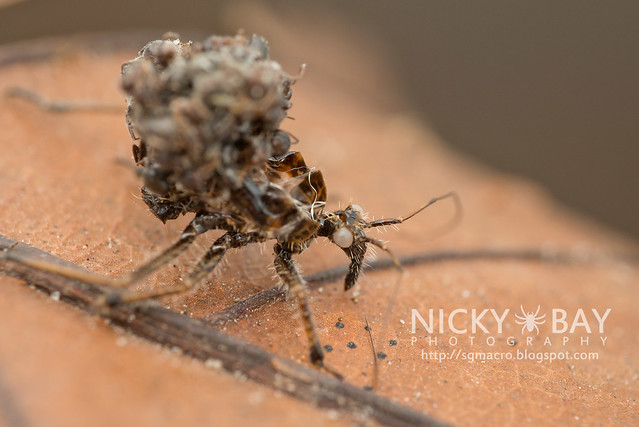 #31 Moult of an Ant-Snatching Assassin Bug
#31 Moult of an Ant-Snatching Assassin Bug
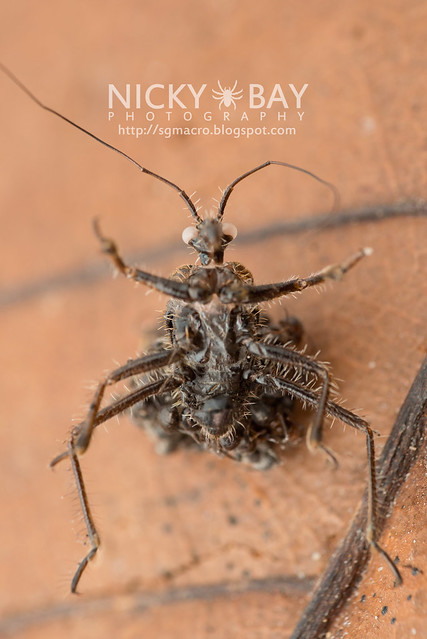 #32 Flipped it over for a view of the underside
#32 Flipped it over for a view of the underside
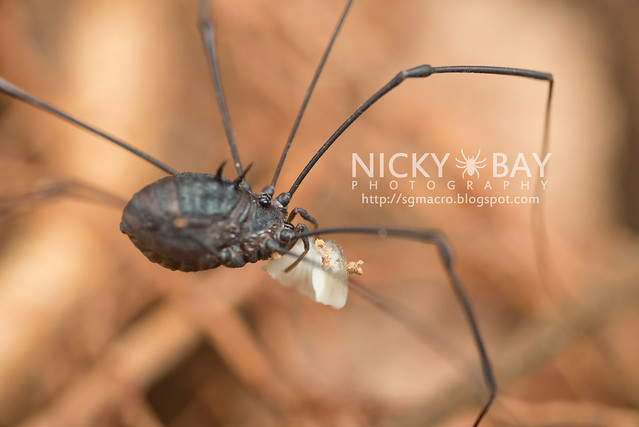 #33 Harvestman (Opiliones) eating a fungus
#33 Harvestman (Opiliones) eating a fungus
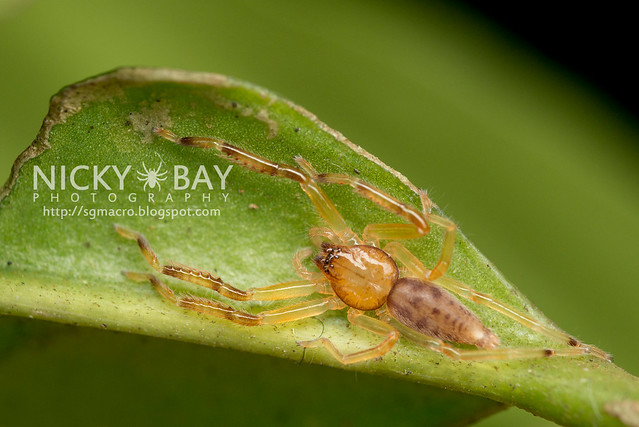 #34 Not sure of ID…
#34 Not sure of ID…
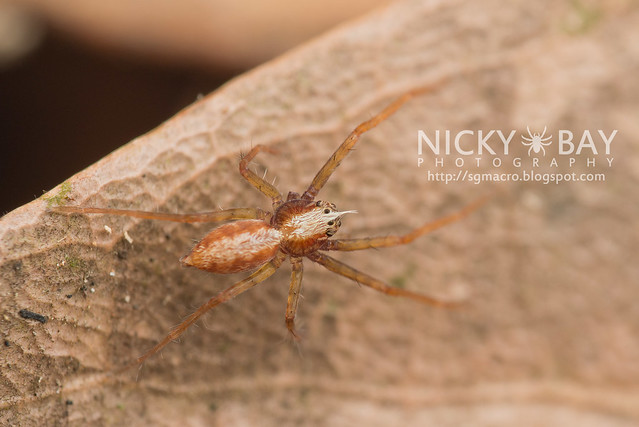 #35 Could be a Pisaurid or Ctenid, needed a better view of the eyes to confirm
#35 Could be a Pisaurid or Ctenid, needed a better view of the eyes to confirm
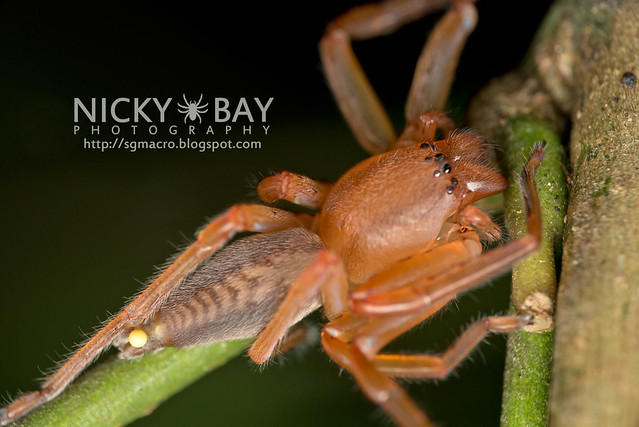 #36 Huntsman Spider (Sparassidae)
#36 Huntsman Spider (Sparassidae)
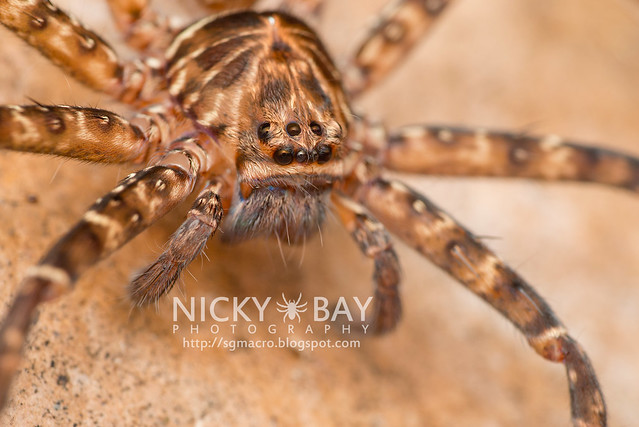 #37 Beautiful patterns on this Huntsman Spider!
#37 Beautiful patterns on this Huntsman Spider!
 #38 Record shot of the dorsal view
#38 Record shot of the dorsal view
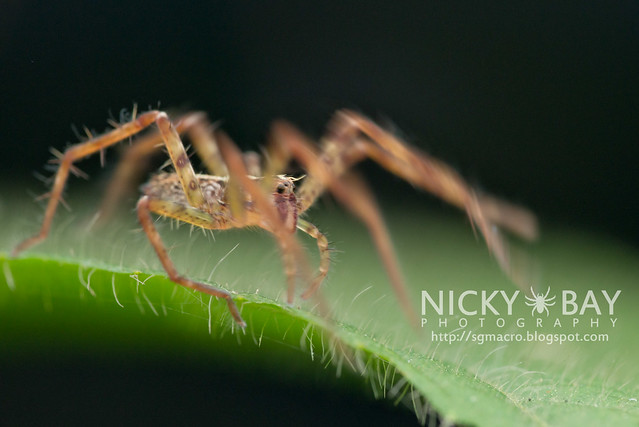 #39 ID also not determined yet
#39 ID also not determined yet
 #40 ID also not determined yet
#40 ID also not determined yet
 #41 Another juvenile Argiope sp.
#41 Another juvenile Argiope sp.
 #42 Araneus sp. Probably a Kidney Garden Spider.
#42 Araneus sp. Probably a Kidney Garden Spider.
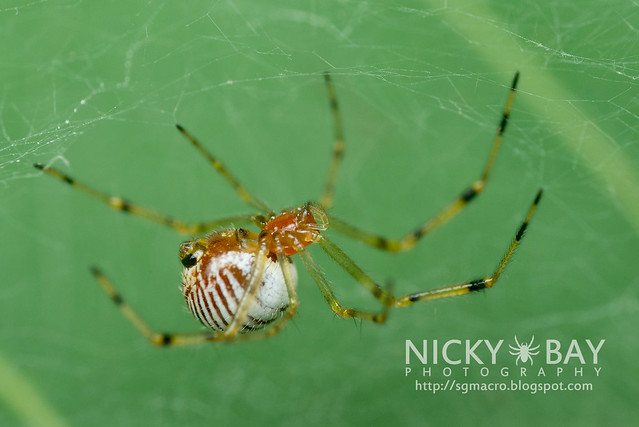 #43 Comb-footed Spider (Theridiidae), this is usually found in curled up leaves
#43 Comb-footed Spider (Theridiidae), this is usually found in curled up leaves
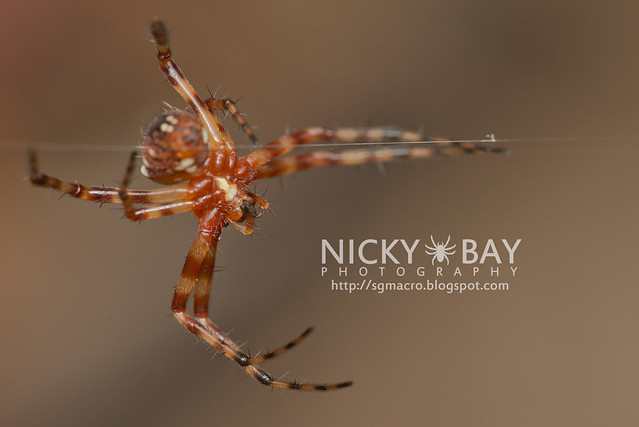 #44 Orb Weaver Spider (Araneidae)
#44 Orb Weaver Spider (Araneidae)
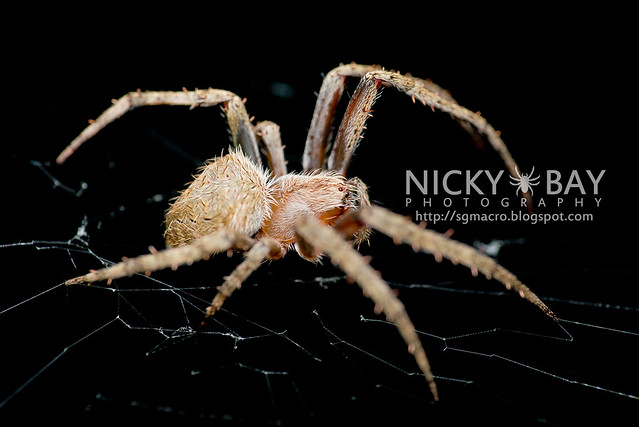 #45 Araneus sp.
#45 Araneus sp.
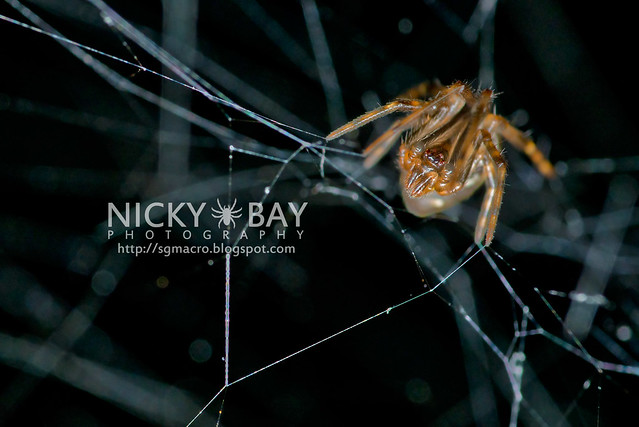 #46 One of the many spiders on it’s web
#46 One of the many spiders on it’s web
 #47 Twig-like feather-legged spider (Miagrammopes sp.)
#47 Twig-like feather-legged spider (Miagrammopes sp.)
 #48 Last shot of the mysterious spider with ID yet to be determined
#48 Last shot of the mysterious spider with ID yet to be determined
The full album can be viewed here.

